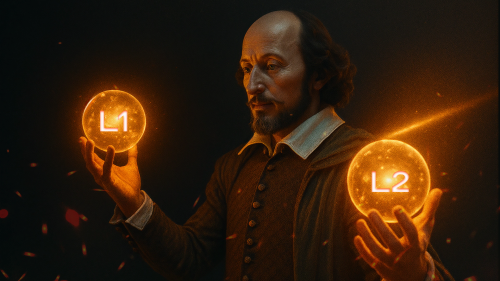The DeSoc Web3 ecosystem has arrived
Prior to starting my work day, I typically check my multiple X, Instagram, and Facebook accounts. Some I visit for fun and to stay connected. Others I need for work.
I do this despite knowing that these platforms have obvious and frustrating shortcomings. Maybe it’s time to try decentralized social media (DeSoc) platforms. Things are quite different there, as you might imagine.
To get a feeling for what it’s like on DeSoc, here’s a breakdown of two popular platforms, Lens Protocol and Farcaster.
Discover the outsized monetization and marketing potential that these DeSoc platforms provide for content creators, developers, and businesses that leverage social media. I leave it up to you to decide which is the winner.
What is Lens Protocol?
Built on Ethereum, Lens Protocol (or Lens for short) believes the future of decentralized social media should be secure, resilient, and community owned. To create an account, you mint your social media profile handle as a non-fungible token (NFT).
Once onboarded, a Lens profile allows you to seamlessly integrate with a whole Web3 constellation of decentralized applications (dApps). These dApps are cross-compatible, so you can easily join — or leave — them as you please.
This is made possible by Lens’ underlying social graph, which you control. A social graph contains all of your connections, contacts, messages, and data. Your entire profile can be ported over to any number of dApps.
This is a big DeSoc deal.
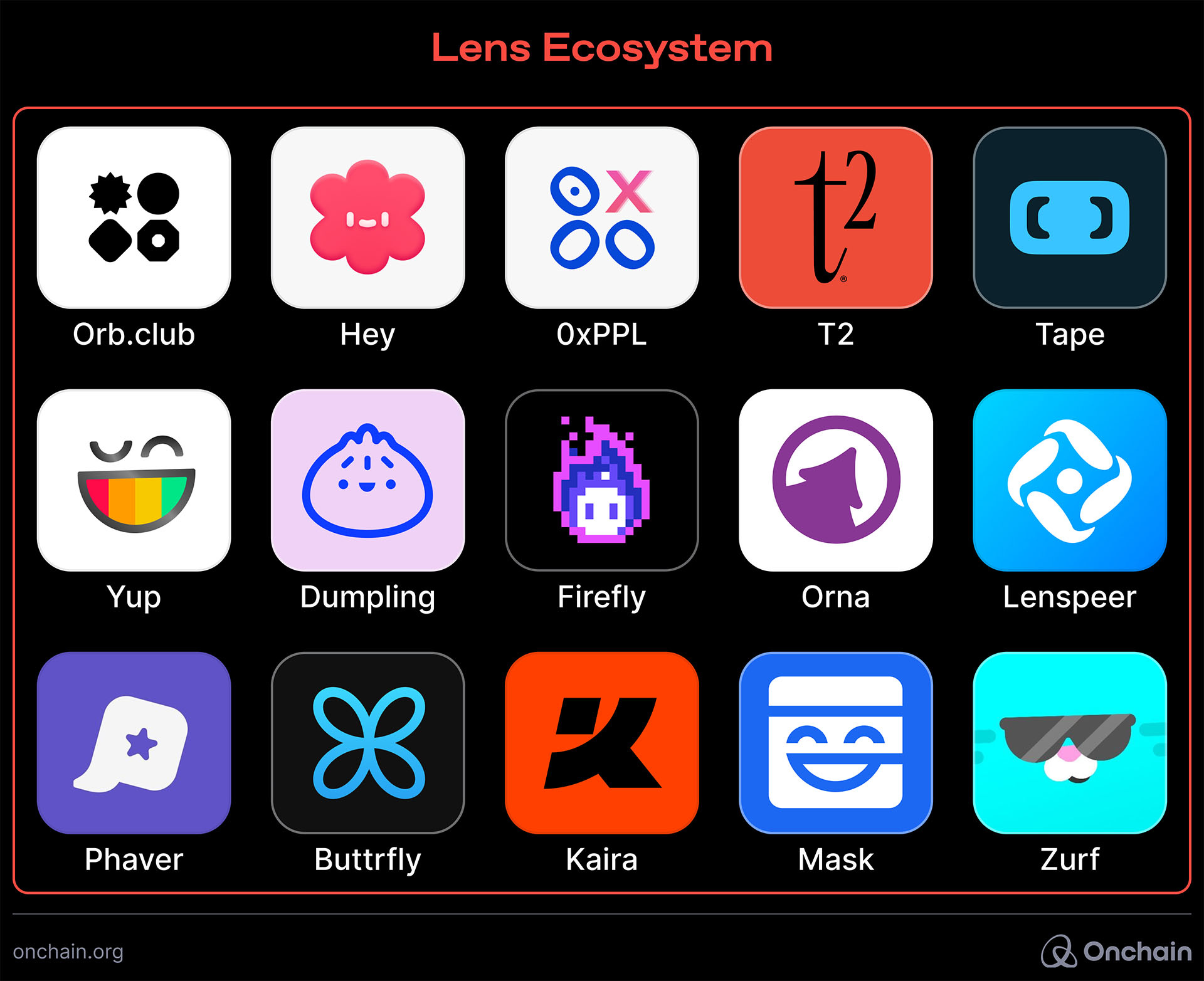
When you block someone (a troll🧌, ex-lover 💔, or crypto-collateralized arch nemesis) on one Lens platform, you automatically block them across every Lens dApp you use. When you create content, you can easily cross-post it as well.
This simultaneous social handle management across dApps is a game changer — and something not possible on traditional social media sites. You would have to manually block or cross-post content on most legacy platforms.
On the monetization front, Lens Protocol lets you earn revenue through subscriptions, fees, referrals, and NFT sales. You can convert posts into NFTs and sell them, just like any other NFT sale. In September of 2024, it boasted thousands of daily active users (DAUs) and had accumulated over 1.5M users in total.
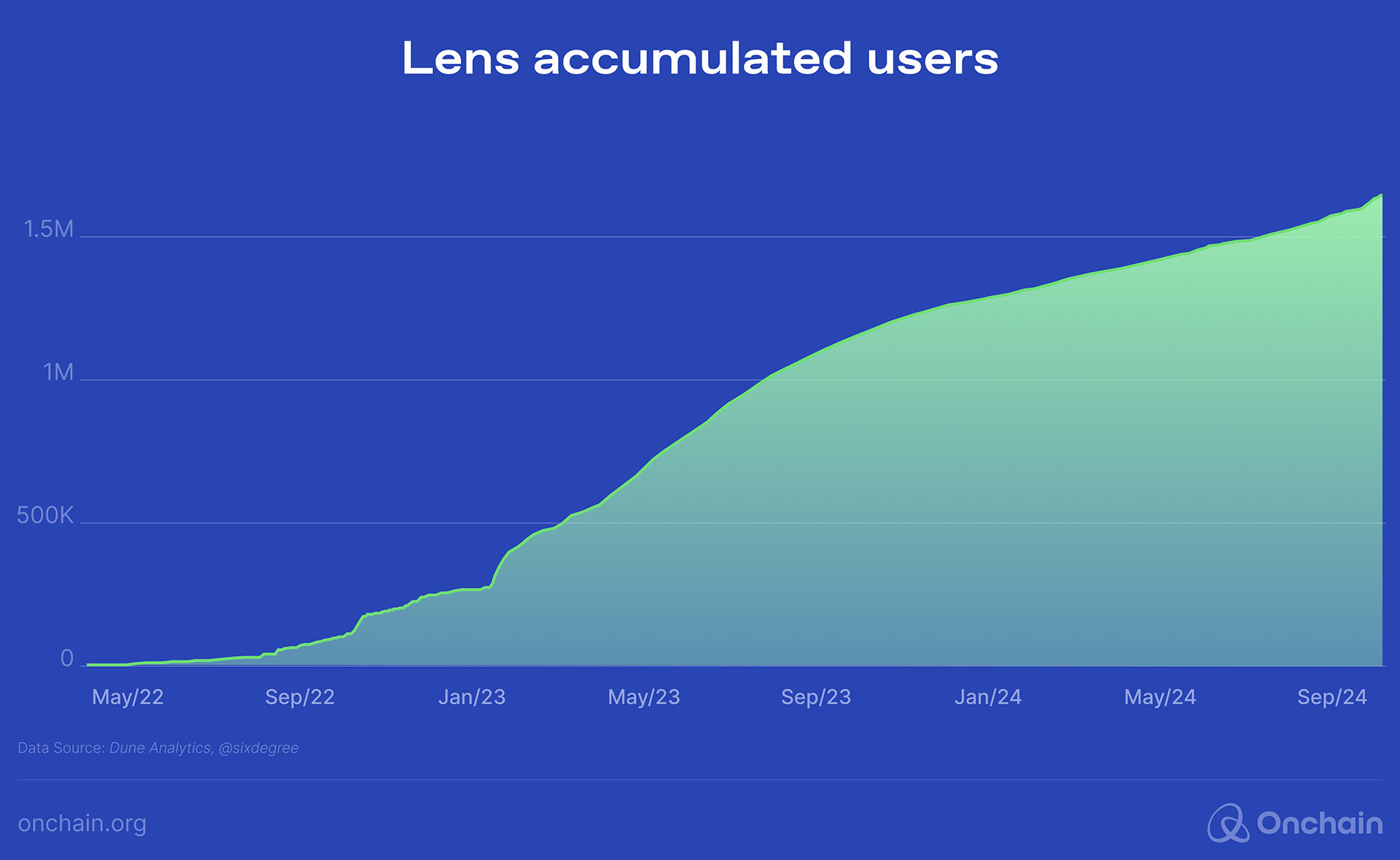
What is Farcaster?
You could think of Farcaster as a decentralized version of X with some noteworthy additional features. One highlight is the ability to run dApps called “Frames” directly on Farcaster without redirecting users to another site.
Anyone with a Farcaster node can build Frames, which can be monetized by setting fees for their usage. There are Frames that let you play games, conduct NFT auctions, mint podcast episodes, or even convert your Shopify store into a Frame.
This creates a better user experience (UX) and incentivizes developers to launch dApps on Farcaster over other options. These benefits have contributed to Farcaster’s substantial growth in 2024. While Farcaster started the year with approximately 5,000 DAUs, it jumped to around 40,000 DAUs by October.
The Farcaster platform earns revenue through transaction and storage fees. Farcaster can be run on Ethereum and a plethora of other blockchains compatible with its Ethereum Virtual Machine (EVM). Currently, Base blockchain, known for its low cost, handles the majority of transactions by popular users.
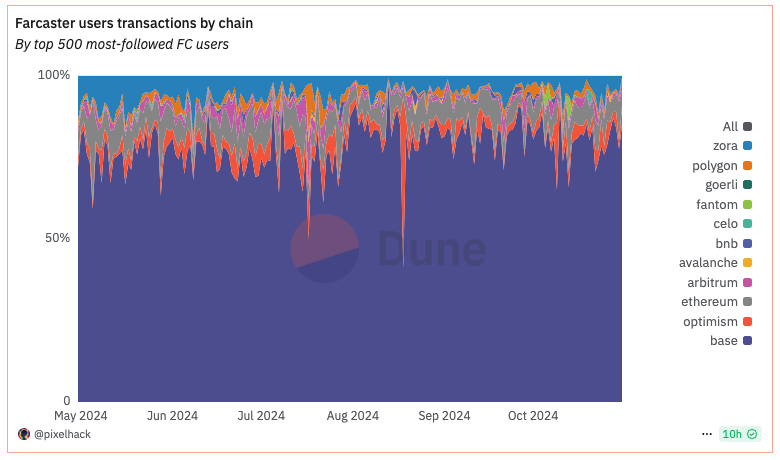
Lens vs. Farcaster
Before we analyze their differences, it is worth breaking down the most important commonalities between Farcaster and Lens Protocol. Many of their dApps are similar to X in both UX and layout. Moreover, dApps in both ecosystems tend to focus on art, photos, writing, and various niche interests.
Many dApps (Buttrfly, Phaver, and more) can work with both Lens and Farcaster. This gives you further optionality and DeSoc opportunities. It’s a far cry from the siloed social media experience we all have grown accustomed to.
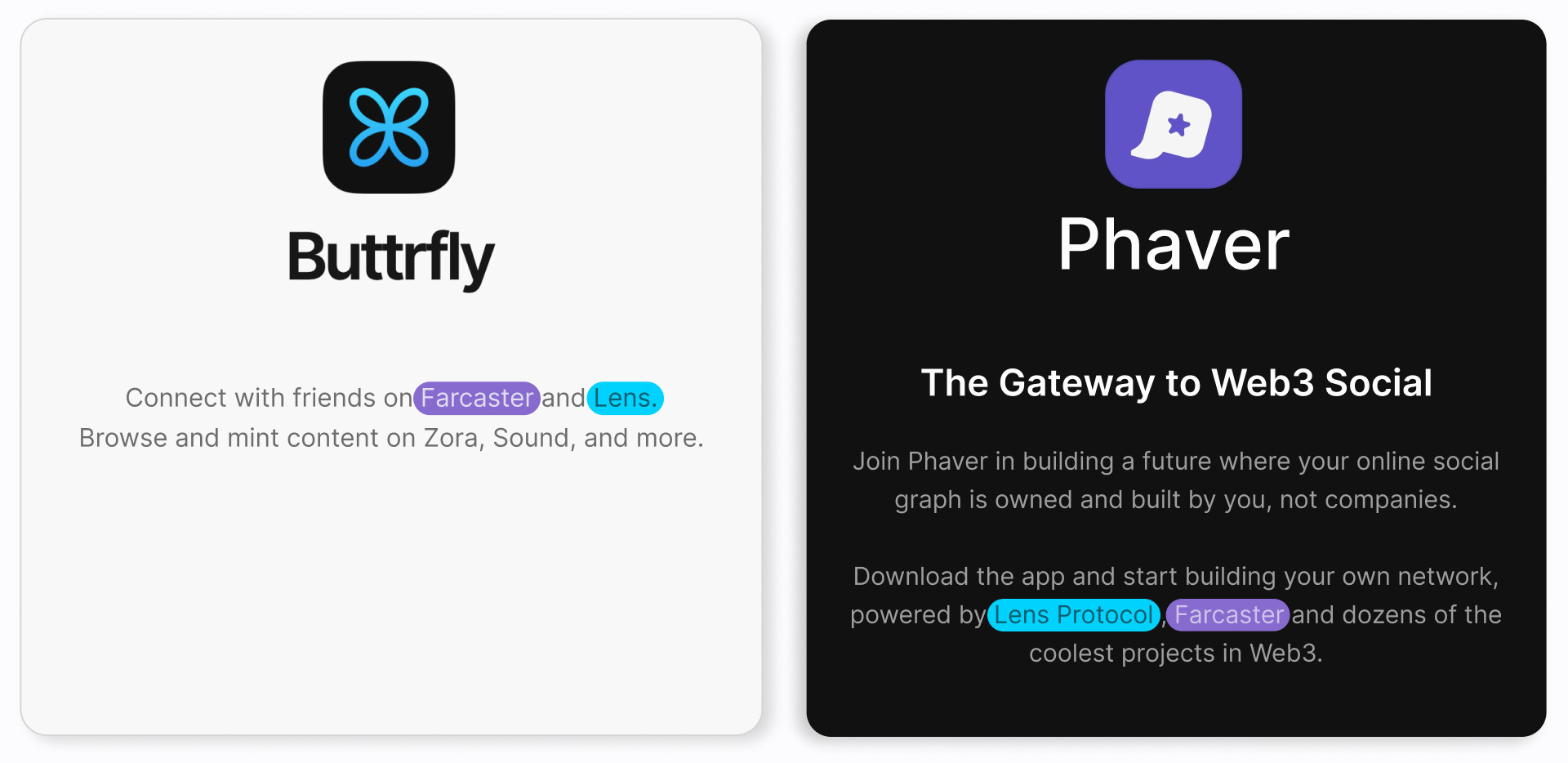
Lens and Farcaster also use established tokens (ETH, POL, stablecoins, and more) to focus on sustainable revenue generation. This is in stark contrast to platforms like Steem and DeSo, which focus on native token price appreciation.
When it comes to differences, the devil 👿 is in the technical details.
- Farcaster has a hybrid revenue model that lets developers set fees for Frames. Users are also charged $0.01/post. Farcaster charges a yearly $5 fee for hosting user data.
- Lens’ hybrid revenue model charges a 5% commission on certain transactions, provides NFT royalties on secondary sales, and charges a flat 8 POL fee for account creation.
The future of decentralized social media
Next-gen DeSoc platforms like Farcaster and Lens Protocol are changing the way you use social media. They allow you to reach new tech-savvy audiences, build your online presence across platforms, and monetize your account in ways only possible on the blockchain.
Bitcoin decentralized money and Ethereum decentralized applications, among other things. In much the same way, the decentralization of social media gives you the ability to control your social media accounts and their underlying data.
Through data privacy, user control, and other aforementioned benefits, DeSoc platforms like Farcaster and Lens are showing social media users a new way to do business in a Web3 realm that merges social media with blockchain protocols.
If you’ve gotten this far, you’re nearly an expert. You understand how decentralized social media maps together and how it can positively influence a creator’s income. But did you know that all those interactions can be mapped? This is a crucial part of DeSoc that you’ll need to know. Proceed in the Track to learn how.

